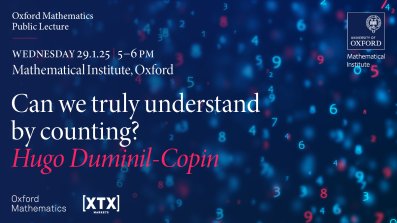Where does collaborating end and plagiarising begin?
Abstract
Despite the stereotype of the lone genius working by themselves, most professional mathematicians collaborate with others. But when you're learning maths as a student, is it OK to work with other people, or is that cheating? How do you build the skills and confidence to collaborate effectively? And where does AI fit into all this? In this session, we'll explore ways in which you can get the most out of collaborations with your fellow students, whilst avoiding inadvertently passing off other people's work as your own.



